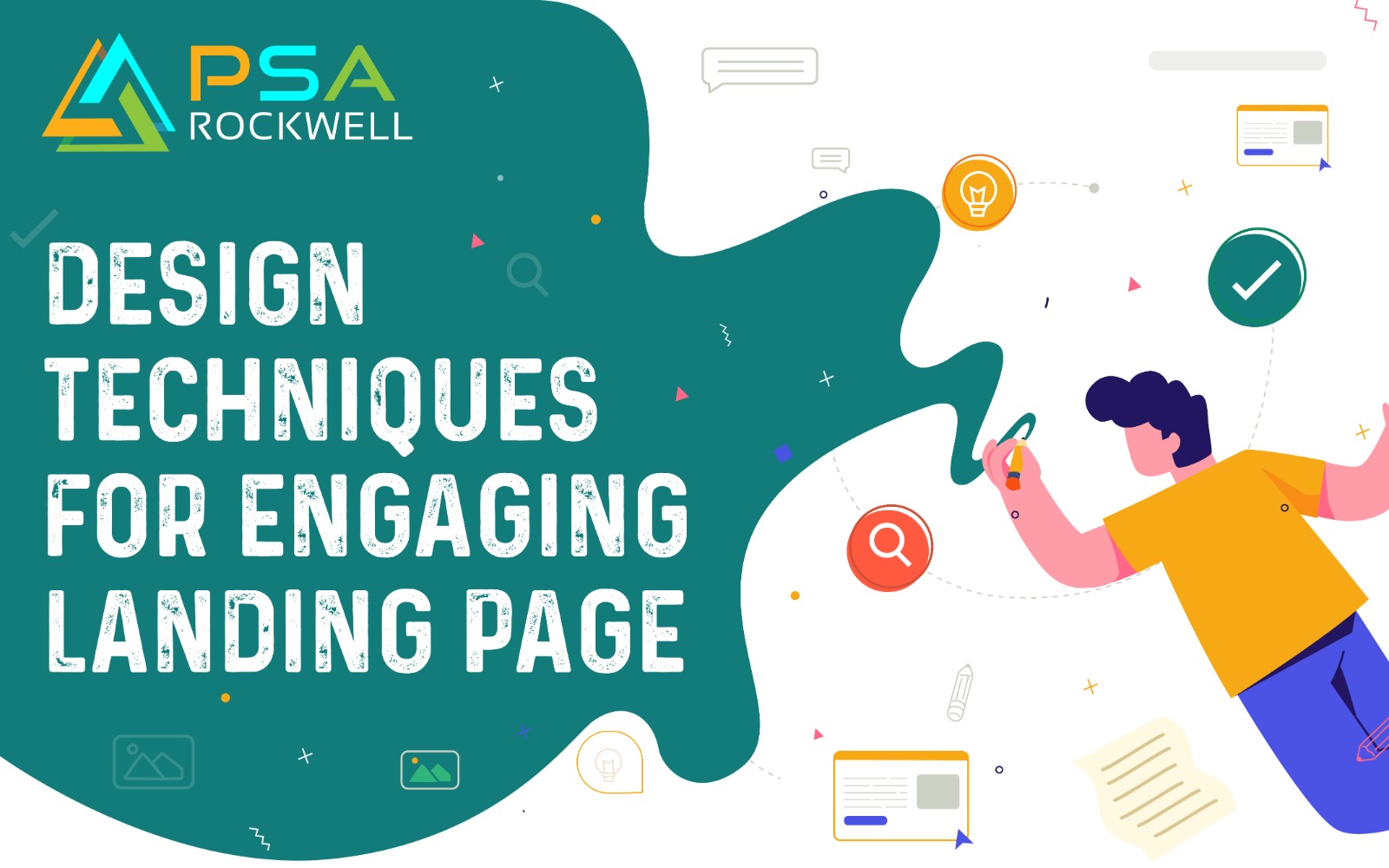Creating Engaging Landing Page
Design Techniques for Higher Conversions
A well-designed landing page is a crucial element of any successful digital marketing campaign. It serves as the gateway for potential customers to take action and convert into leads or sales. However, designing an effective landing page requires careful consideration of various factors that can influence its conversion rate. In this article, we will explore key tips and best practices to optimize your landing page design and boost your conversion rate.
- Clearly Define Your Goal: Before diving into the design process, clearly define the primary goal of your landing page. Whether it’s generating leads, driving sales, or promoting a specific offer, a focused objective will guide your design decisions and help you create a compelling and persuasive page.
- Keep it Simple and Clutter-Free: A cluttered landing page can confuse visitors and distract them from your intended message. Maintain a clean and minimalistic design that guides users’ attention to the most important elements on the page, such as the headline, call-to-action (CTA), and key benefits. Remove any unnecessary elements or distractions that may hinder conversions.
- Craft a Compelling Headline: Your headline should be attention-grabbing and clearly communicate the value proposition or offer. Use concise, benefit-driven language that addresses the pain points of your target audience. Make it visually prominent and ensure it is easy to read.
- Create a Clear and Compelling CTA: Your call-to-action (CTA) is the driving force behind conversions. Make it stand out visually using contrasting colors and a clear design. Use action-oriented language that clearly communicates what the user will get by clicking the CTA button. Consider placing multiple CTAs strategically throughout the page to increase conversion opportunities.
- Use Engaging Visuals: Visual elements such as images, videos, and graphics can greatly enhance the impact of your landing page. Use high-quality visuals that are relevant to your offering and evoke positive emotions. Visuals should support and complement your messaging rather than overshadow it or confuse the user.
- Employ Persuasive Copywriting: Craft persuasive and concise copy that conveys the unique selling points of your offering. Highlight the benefits and value proposition, addressing the needs and desires of your target audience. Use compelling language and persuasive techniques like social proof, testimonials, and scarcity to create a sense of urgency and credibility.
- Ensure Mobile Responsiveness: With the increasing use of mobile devices, it is essential to optimize your landing page for mobile responsiveness. Test your page across various screen sizes and ensure that it loads quickly, is easy to navigate, and maintains a visually appealing layout on mobile devices.
- Build Trust and Credibility: Instill trust in your visitors by including trust signals such as customer testimonials, reviews, security badges, and relevant certifications. Displaying social proof and providing transparent information about your brand or business can significantly improve the credibility of your landing page.
- Optimize Loading Speed: A slow-loading landing page can drive visitors away and decrease conversions. Optimize the loading speed by minimizing image sizes, leveraging browser caching, and optimizing code. A faster loading page not only enhances user experience but also improves your search engine rankings.
- Conduct A/B Testing: Continuously test and optimize your landing page by conducting A/B tests. Experiment with different elements, layouts, headlines, CTAs, and visuals to identify what resonates best with your audience and drives higher conversion rates. Make data-driven decisions based on the results of these tests.
Conclusion: Designing an effective landing page requires a strategic approach that focuses on user experience and conversion optimization. By implementing these tips, you can create a compelling landing page that captivates your audience, communicates your value proposition, and drives higher conversion rates. Remember to continually monitor, test, and refine your landing page to adapt to the evolving needs and preferences of your target audience.

